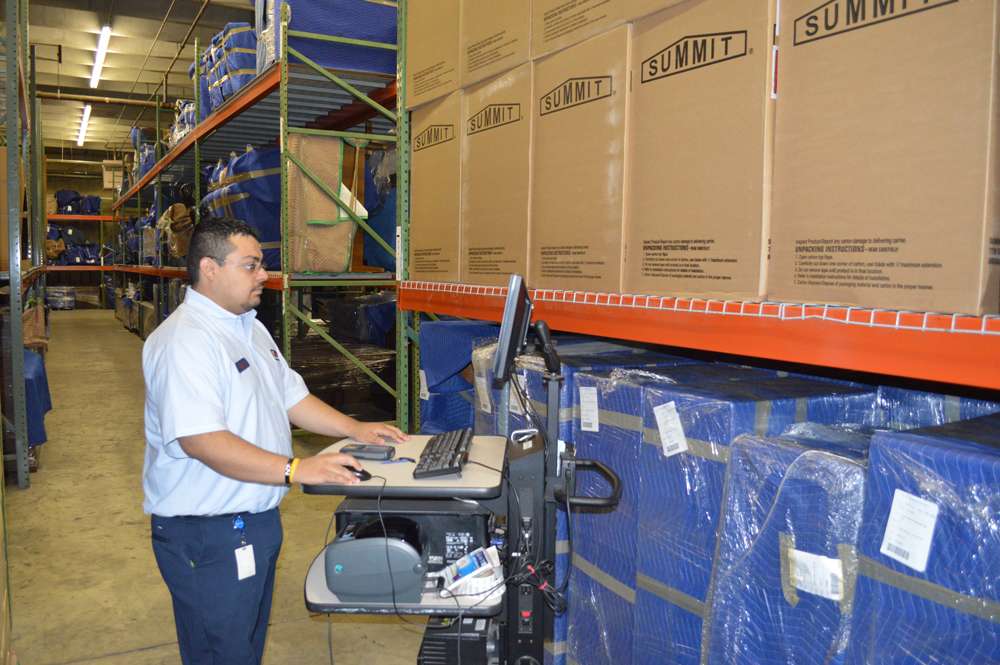If you’re preparing for an interstate move, you probably have a lot of concerns ahead.
This article offers a unique look at how to handle long-distance moving effectively.
Let’s dive into the world of interstate relocation and uncover what it really takes to move to another state.
Understanding the Scope of Interstate Moving
When you cross state lines, your move falls under federal regulations, typically overseen by the FMCSA (Federal Motor copyright Safety Administration).
For example, some states have agricultural checks, item bans, or specific rules on transporting vehicles.
Most importantly, the logistics are more complex: longer travel times come into play.
How to Select the Right Interstate Moving Company
Sites like Better Business Bureau and FMCSA’s mover search tool are great resources for screening movers.
Compare not just the price, but also the included services: Does the quote cover packing, loading, unloading, insurance, and delivery timeframes?
Taking time to vet your moving company can save you stress, money, and avoidable delays.
What Determines the Price of an Interstate Move?
Several factors shape the price of interstate moving services. The biggest is distance—the longer the trip, the higher the fuel, labor, and time costs.
If you request professional packing, furniture disassembly, custom crating for delicate items, or temporary storage, these all add to the base price.
Planning ahead and informing your moving company about these conditions helps avoid surprise charges on moving day.

Effective Planning for Moving Between States
Proper planning is the foundation of a Quanto custa um carreto pequeno? successful interstate move. Start by creating a timeline—ideally 8–12 weeks before your move date.
Decide what to sell, donate, or discard to reduce weight and save on moving costs. Less volume often translates to lower transport fees, so decluttering pays off.
This ensures you’re comfortable and organized even if your shipment is delayed or you need time to unpack.
Understanding Your Moving Options
Partial-service movers let you pack your own boxes while they handle transportation and heavy lifting, reducing costs.
This can be more affordable but requires more personal effort.
Understanding your specific needs ensures you select the best option for a smooth and cost-effective interstate relocation.

How to Prevent Problems During an Interstate Move
Many people wait too long to book movers, only to find limited availability or higher rates.
Always verify USDOT numbers, insurance policies, and read contracts carefully before committing.
Lastly, poor packing leads to headaches.
Budget-Friendly Strategies for Interstate Relocation
To cut costs on interstate moving, start by downsizing.
Next, compare quotes carefully.
Combining professional help with DIY strategies creates a cost-effective balance that fits your budget and schedule.
Conclusion: Making Your Interstate Move a Success
From selecting a mover to managing costs, each choice shapes the outcome of your move.
By following expert tips and avoiding common mistakes, you can reduce stress and ensure your belongings arrive safely.
With the right mindset and resources, moving to another state can be a smooth and rewarding transition.
FAQ About Interstate Moving
How can I save money on an interstate move?
Comparing multiple quotes and moving during off-peak seasons also helps lower costs.
How early should I book an interstate moving company?
Early booking secures your preferred dates and gives you time to prepare.
Are there things I can’t include in an interstate move?
Movers typically won’t transport hazardous materials, perishables, firearms, or plants across state lines.
What insurance options are available for long-distance moves?
Review your coverage options carefully and understand the claims process before moving day.
How do I know where my shipment is?
Many professional interstate movers offer shipment tracking systems or regular status updates.